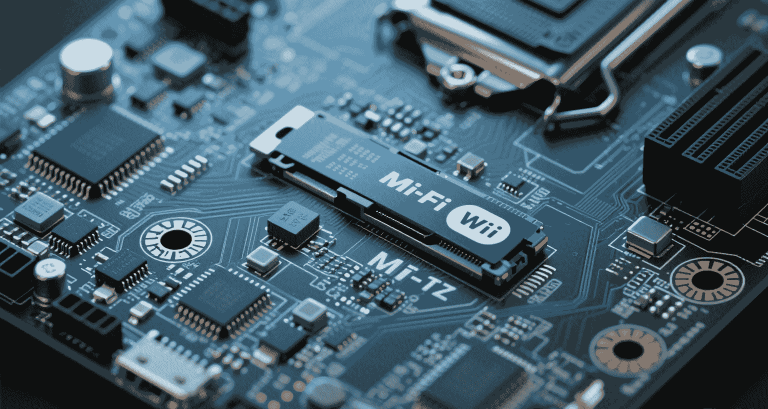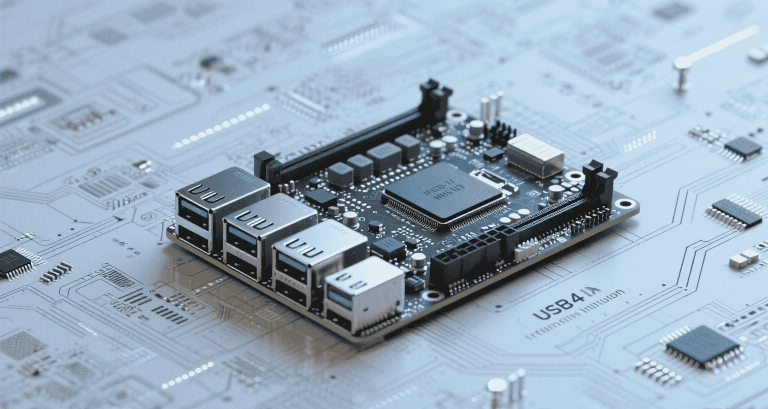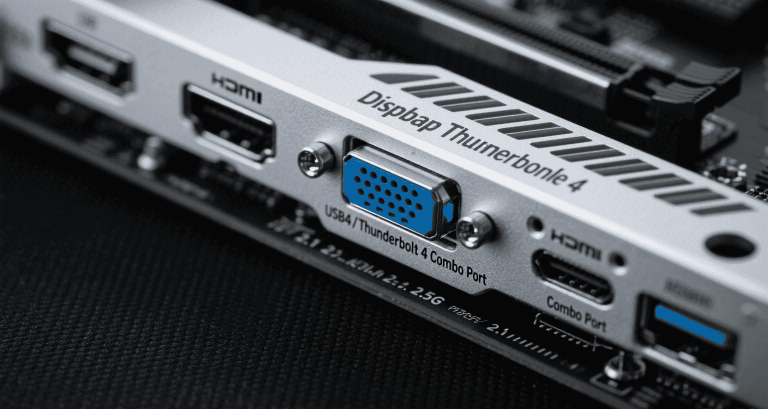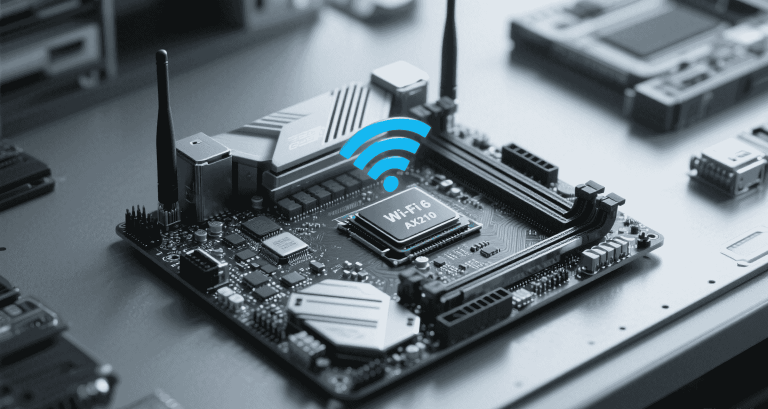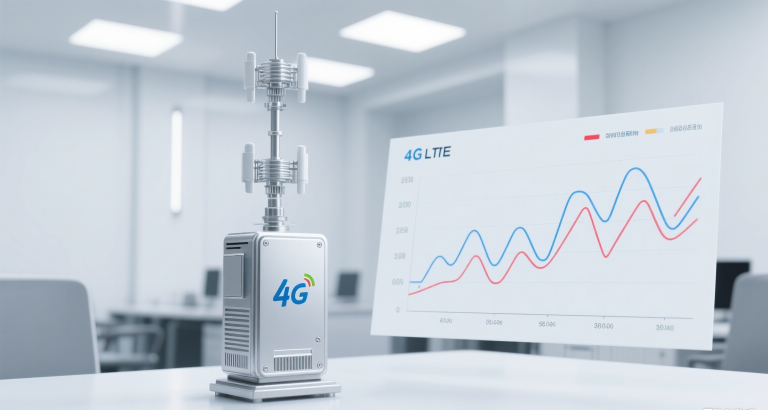Intel Celeron N5105: Industrial-Level Analysis for Hardware Engineers & Embedded System Integrators
Table of Contents
- Introduction to Intel Celeron N5105
- Technical Specifications & Architecture
- Performance Benchmarks & Workload Analysis
- Thermal Management & Cooling Solutions
- Board Design & Hardware Implementation
- Industrial vs. Consumer Grade Board Comparison
- Software, Firmware & Compatibility
- Troubleshooting & Community Solutions
- Application-Specific Implementation Guides
- Future Roadmap & Sourcing Strategy
- References
Introduction to Intel Celeron N5105
The Intel Celeron N5105 is part of the Jasper Lake family, manufactured using a 10nm process. This chip delivers a quad-core architecture within a modest 10W TDP, balancing performance, efficiency, and cost for industrial and embedded applications. Engineers value its ability to consolidate CPU and PCH functions into one package, simplifying board layouts and reducing BOM complexity.
Architectural Positioning & Value Proposition
- Quad-core design (4C/4T) outperforms dual-core predecessors like the N4505 while staying within a similar TDP range.
- Optimized for edge workloads, IoT gateways, and compact embedded PCs.
- Backed by Intel’s embedded product lifecycle with availability guaranteed until 2028.
“For embedded system integrators, the N5105 hits the sweet spot between low cost and reliable multi-threading performance.”
Technical Specifications & Architecture
When evaluating a processor for embedded systems, engineers must examine CPU parameters, integrated graphics capabilities, and the memory/I-O controllers that determine expandability.
Core Processor Parameters
- Base frequency: 2.0GHz; Burst: 2.9GHz (10s typical).
- Cache: 4MB shared L3 with 64-byte cache line.
- Instruction support: AVX2, AES-NI, SHA extensions.
Integrated Graphics & Display
UHD Graphics with 24 EUs provide basic media acceleration, including H.265 decode. Dual display output is possible using HDMI 1.4b and eDP 1.4, making it viable for kiosks or control panels.
Memory & I/O Controller
Supports dual-channel DDR4-2933 or LPDDR4x up to 32GB, offering flexibility between cost-sensitive and performance-driven builds. With 8x PCIe 3.0 lanes and up to 6 SATA ports, it supports both NVMe SSDs and traditional HDDs in industrial NAS designs.
Performance Benchmarks & Workload Analysis
Performance must be understood in both synthetic tests and real-world workloads. For engineers designing control or gateway systems, the N5105 offers consistent performance-per-watt.
| Benchmark | Score | Notes |
|---|---|---|
| Cinebench R23 (SC) | ~750 | Comparable to 6th gen Core i3 |
| Cinebench R23 (MC) | ~2800 | 35% higher than N4505 |
| Geekbench 6 (SC/MC) | 1200 / 3800 | Strong for IoT workloads |
Thermal Management & Cooling Solutions
The N5105 is thermally efficient, but cooling design still matters. With 10W TDP, fanless solutions are viable in moderate climates. Engineers designing for harsh environments must consider forced airflow or larger passive heatsinks.
- Passive: 50cm² copper heatsinks suffice for <40°C ambient.
- Active: 40mm PWM fans required for >50°C ambient.
- Community feedback: MX-4 thermal paste reduces core temps by up to 8°C.
Board Design & Hardware Implementation
PCB designers benefit from integrated power sequencing, but attention to VRM, memory routing, and EMI mitigation is critical. Wide DC input support makes it flexible for industrial enclosures.
Industrial vs. Consumer Grade Board Comparison
Consumer boards use cheaper components, while industrial-grade options add robustness for harsh environments.
| Feature | Consumer (MSI N5105-ITX) | Industrial (Advantech AIMB-217) |
|---|---|---|
| PCB Layers | 4 | 6–8 |
| Capacitors | 105°C | 125°C |
| Power Input | 19V DC only | 9–36V wide-range |
| Warranty | 1 year | 5 years |
Software, Firmware & Compatibility
The N5105 supports modern Windows IoT, Linux LTS distributions, and even RTOS like VxWorks. BIOS features include secure boot and TPM 2.0. Remote management is possible with Intel AMT 14.
Troubleshooting & Community Solutions
Real-world deployments have highlighted DDR4 compatibility issues and HDMI handshakes in cold conditions. BIOS tuning and layout adjustments often resolve these issues.
Application-Specific Implementation Guides
For IoT gateways, industrial control, and edge AI, the N5105 offers tailored performance:
- IoT Gateway: VLAN-tagged dual 2.5G LAN, 8GB RAM, 64GB eMMC.
- Industrial Control: Dual displays + isolated RS-485 interfaces.
- Edge AI: OpenVINO optimization for MobileNet inference at 10 FPS.
Future Roadmap & Sourcing Strategy
The N5105 is supported until 2028, but Alder Lake-N successors provide a migration path. Volume pricing makes it cost-effective for integrators.
References
- Intel Celeron N5105 Datasheet (DS90003565)
- Jasper Lake Platform Design Guide (Intel 573858)
- ASRock Industrial: Temperature Test Report
- MiniITXboard

